Taiwan’s frontline island of Kinmen was once again in the headlines when President Tsai Ing-wen paid tribute this week to the soldiers and civilians who “operated in solidarity and safeguarded Taiwan” 64 years ago.
On Aug. 23, 1958 mainland Chinese troops attacked Kinmen in a key battle that marked the beginning of the Second Taiwan Strait Crisis.
Nine years before that, the Nationalists retreated from the mainland to Taiwan, having been defeated by the Communists.
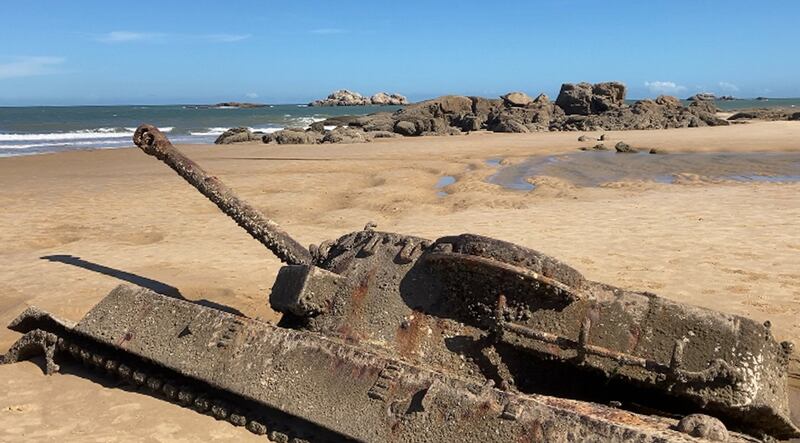
Mainland China’s plan to retake Kinmen failed as the Republic of China’s (Taiwan) troops held firm against the fierce artillery bombardment.
"That battle to protect our homeland showed the world that no threat of any kind could shake the Taiwanese people's resolve to defend their nation, not in the past, not now, not in the future," President Tsai said on Tuesday.
The price of freedom was hefty. According to the Taiwanese government, 439 soldiers and 80 civilians in Kinmen lost their lives in the heavy artillery shelling that continued for 44 days.
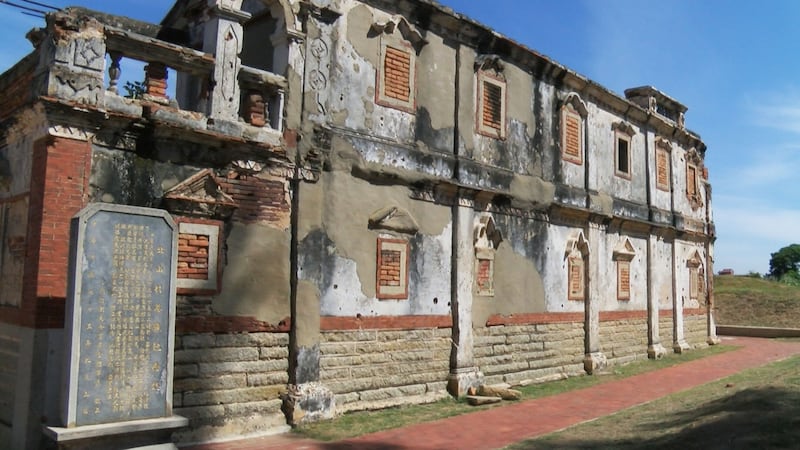
During that period, Chinese troops fired nearly half a million artillery shells on Kinmen, an archipelago roughly the size of Brooklyn. Intermittent, sporadic shelling carried on until 1979.
Martial law was lifted only in 1992 and, for a long time, there were more military personnel than civilians in Kinmen.
‘Symbols of war and peace’
The hundreds of thousands of artillery shells didn’t go to waste. Talented Kinmen artisans have been making them into kitchen knives, one of the most famous souvenirs from the island.
Wu Tseng-dong, or Maestro Wu as he’s known locally, began forging bombshells into razor-sharp blades when he was a teenager, learning the trade in his father’s workshop.
Now 65, he has lost count of how many knives he made but is proud that under his hands, pieces of metal that were once a symbol of war turned into symbols of peace.
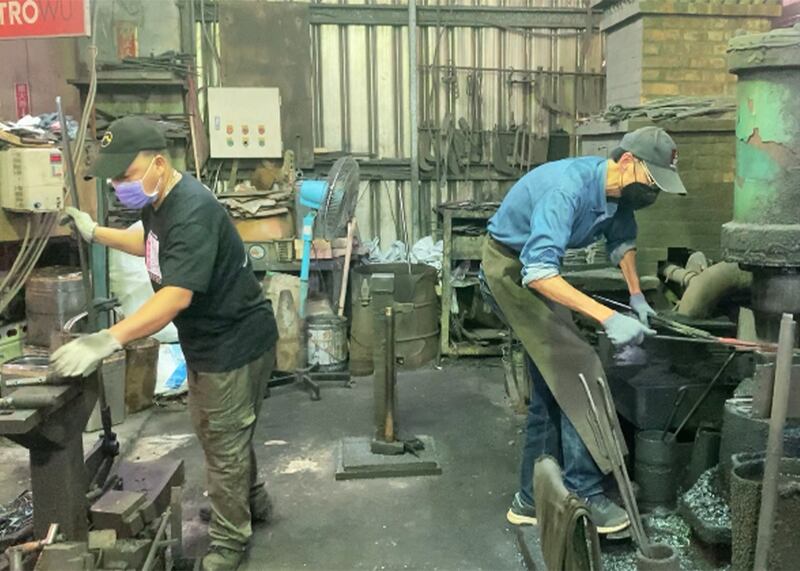
Just this month tensions rose in the Taiwan Strait after the Speaker of the U.S. House of Representatives, Nancy Pelosi, made a controversial visit to Taiwan despite warnings from Beijing.
In response, the Chinese military held a week-long live-fire exercise around Taiwan. There were talks about the risk of an armed conflict and speculation that outlying islands such as Kinmen, Penghu and Matsu may be under threat.
Maestro Wu said that he doesn’t think a war will break out soon but “Cross-Strait politics need to be handled carefully and wisely.”
Kinmen these days is calm, quiet and empty.
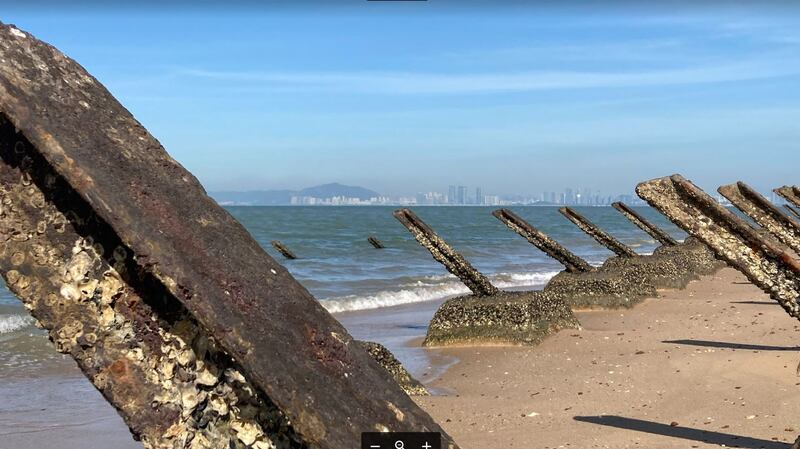
At Guningtou in Jinning Township, the site of a major battle between the Chinese Communists and Nationalists in 1949, rows of rusty anti-landing spikes line the beach.
“Look at your right! It is Xiamen, China, just eight kilometers [five miles] from us,” said Dong Sen Po, a Kinmen County Councilor.
The Chinese city seems even closer on a clear day, its high-rise buildings gleaming in the summer heat.
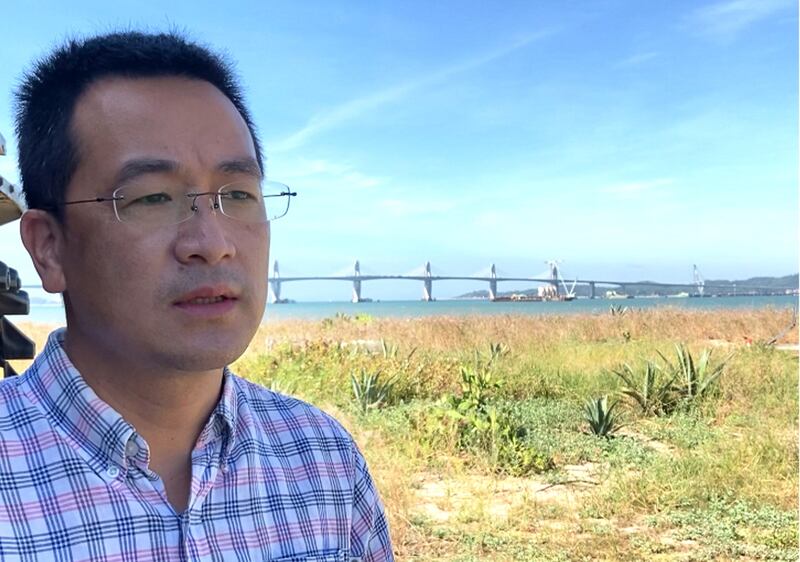
‘Mini three links’
In 2001, the so-called “mini three links”, or “xiao san tong'' in Chinese, were set up allowing three links of communication between Kinmen and Xiamen: postal, transportation, and trade.
The following years witnessed an economic boom in Kinmen, especially in trade and tourism.
Regular ferries between the two sides brought hordes of mainland tourists to the island for sightseeing, shopping, or simply visiting relatives and friends.
“Lots of Kinmen families are formed of Cross-Strait marriages. Even our county magistrate’s wife is from mainland China,” explained Dong Sen Po.
Many Chinese tourists were interested in, and intrigued by, Kinmen’s military past on which they could not find much information back in the mainland.
The “mini three links,” however, were severed in February 2020 by Taiwan’s Mainland Affairs Council. The pretext was COVID-19, which at that point was declared a public health emergency of international concern but not yet a global pandemic by the World Health Organization.
Beaches, museums, shops and local attractions all saw a dramatic drop in visitors, especially as mainlanders made up over 40 percent of overall tourist numbers.
The impact on the local economy is substantial with some local businesses reporting a 50 to 80 percent loss of revenue.
“This can only be resolved if our central government decides to hold talks and reach consensus with the Chinese side,” said local councilor Dong.
With the current, renewed tensions between Beijing and Taipei, it doesn’t look like the links will be restored any time soon.
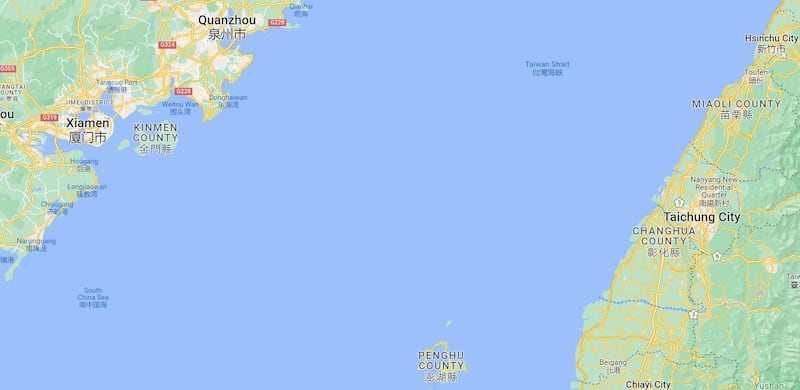
Platform for communication
Some local residents, like a young woman who wished to be known by her first name, Iris, said that Kinmenese people will survive and thrive through this period of economic difficulties thanks to their strong sense of identity.
“When people from Kinmen travel to Taiwan, such as to Taipei or Kaohsiung, we won’t say “I’m going to Taipei or Kaohsiung” but that we’re going to Taiwan,” she said.
“It’s like, Taiwan is a country and Kinmen is also a country.”
On Aug. 16, a picture, allegedly of two Taiwanese soldiers guarding a post on Kinmen Island, emerged on Chinese social media.
The picture, later verified by the Kinmen Military Command, was taken by a People’s Liberation Army (PLA) drone at close proximity. So close that it captured the expression of surprise and curiosity on the soldiers’ faces.
"After being warned, the drone flew away," the Command was quoted by the UDN news portal as saying on Wednesday.
Such developments are a reminder that, because of its closeness to Mainland China, Kinmen and its people have been, and will always be, under China’s watch.
Councilor Dong Sen Po argued that Kinmen is important for Cross-Strait relations because it could serve as a platform for communication and negotiations.
For that very reason, “China won’t attack Kinmen first,” he said.
